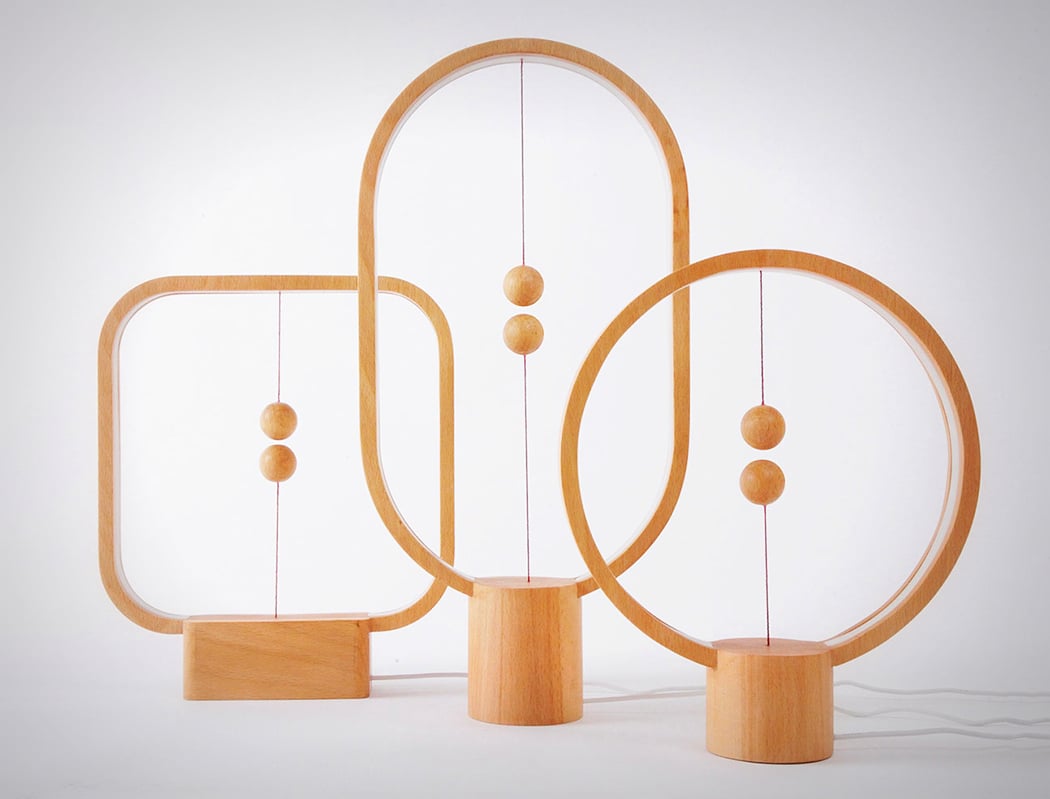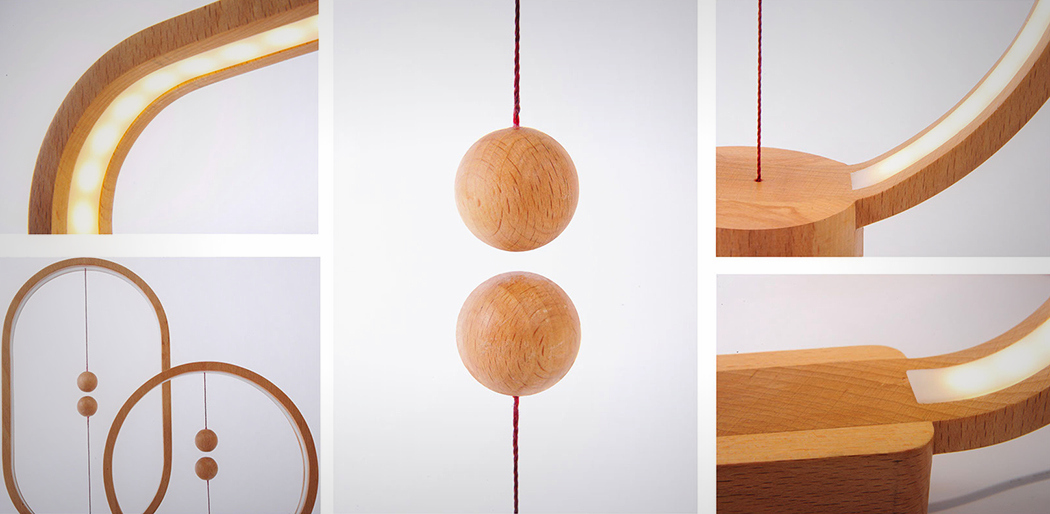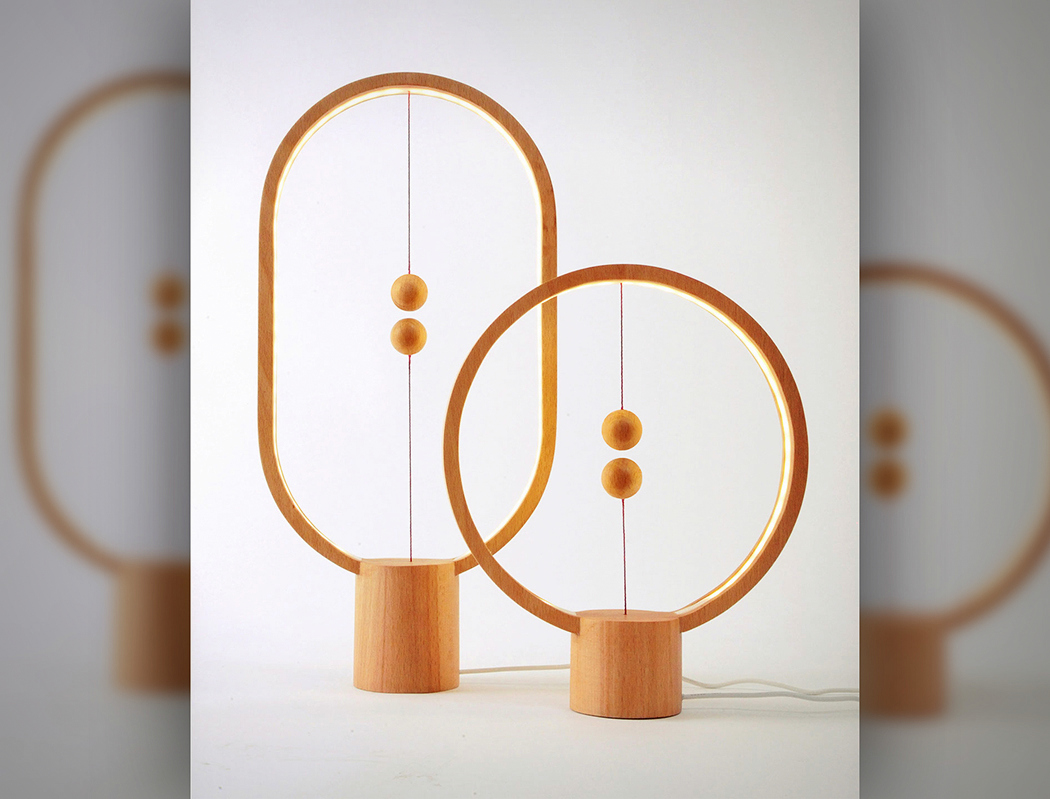There’s always a feeling of childlike curiosity watching snow fall. Whether it’s the first snow of the year or even the faux snow inside a snow globe, it’s always fascinating to watch those flakes descend from the skies in slow motion, covering everything you see in a layer of white dust. No matter how old you are, snowfall has the ability to fascinate you and a handful of designers from South Korea are banking on that reaction with their new clock. Dubbed ‘Time to Snow’, this timepiece uses snow-like grains of styrofoam to tell time. The grains are trapped within a rectangular cuboid and are agitated constantly to create a miniature blizzard inside the clock. Meanwhile, cleverly positioned components use static electricity to catch some of those styrofoam particles, allowing them literally defy gravity as they display the time of the day. The result is a clock that absolutely delights with its unique approach to timekeeping. Move over, snowglobes!
Designers: Baek Sunwoo, Kim Myeongseong, Prof. Lee Woohun
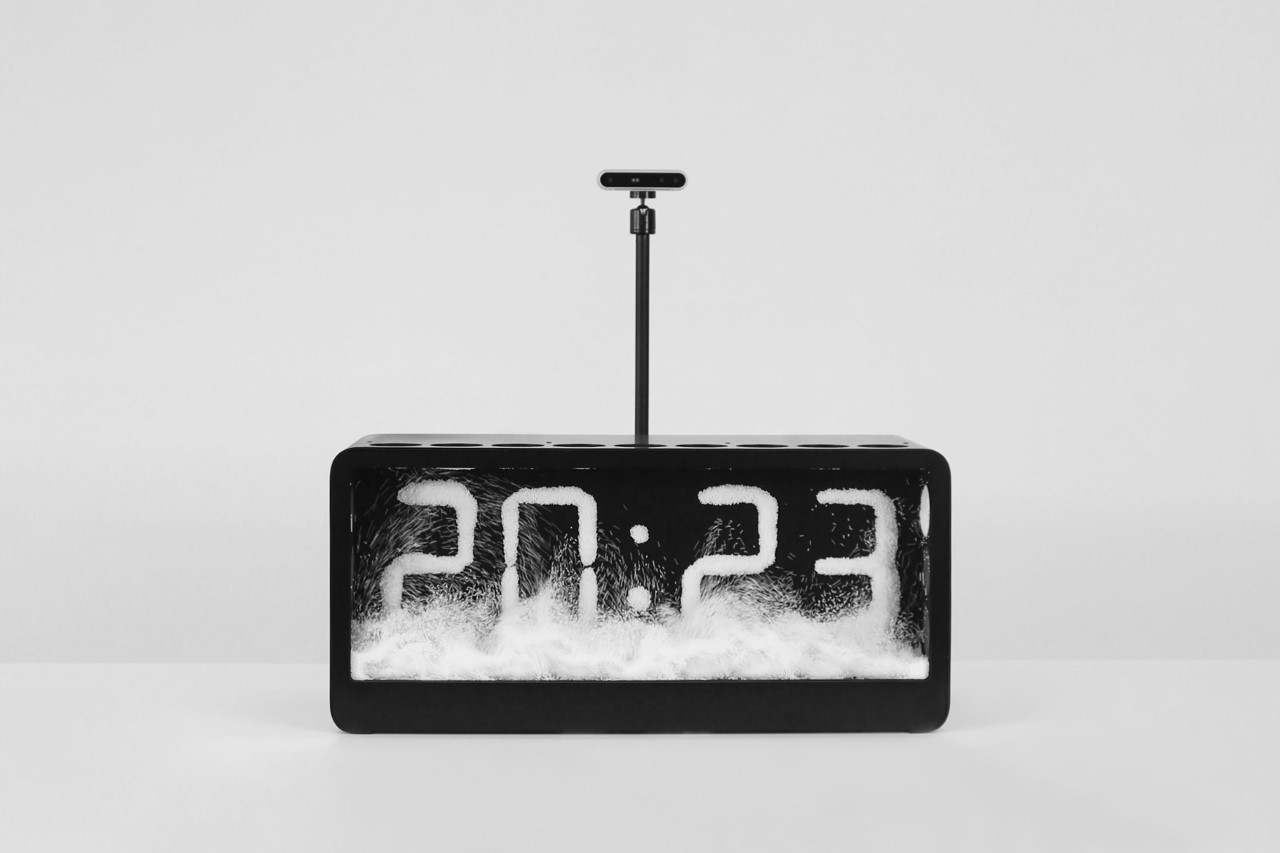
The clock is accompanied by a camera module on top that lets viewers interact with it through their presence and gestures. In the absence of any nearby individuals, the hardware generates a snowstorm to attract people from a distance. As someone approaches, the snowstorm gradually diminishes until it completely fades away. At this point, a brief yet intense blizzard is created and as the proverbial dust settles, it displays the time of the day. Viewers can then engage with the ‘snow’ particles in mid-air, using hand gestures to interact intuitively. With each interaction, the wind erases certain parts of the displayed numbers, only to reveal new numbers every minute. Once the viewers depart, the numbers melt away like snow, and the snowstorm reverts back to its original state.

The delicate polystyrene particles dance gracefully in the breeze, mirroring the mesmerizing chaos of a snowstorm. The numerical patterns formed by layering these Styrofoam grains produce a captivating three-dimensional illusion, imitating how snow accumulates on rooftops, windowsills, and other elements on an urban or suburban landscape. This enhances the immersive experience, transporting the viewer into a world of snowy wonder. The formation of the numbers by these particles quite literally defies the laws of physics, creating a sense of amazement and wonder that vastly enhances the time-telling experience. It follows the clever design practice of ‘form following emotion’, as it digs into what makes us curious as humans. The interactive element enhances the clock’s UX tenfold, allowing you to engage with the ‘snow’ while being indoors!
The Time to Snow is a Best of the Best Winner of the Red Dot Award: Design Concept for the year 2023.

The post This Interactive Snowglobe Clock Turns Time into a Snowy Spectacle for All to Admire first appeared on Yanko Design.




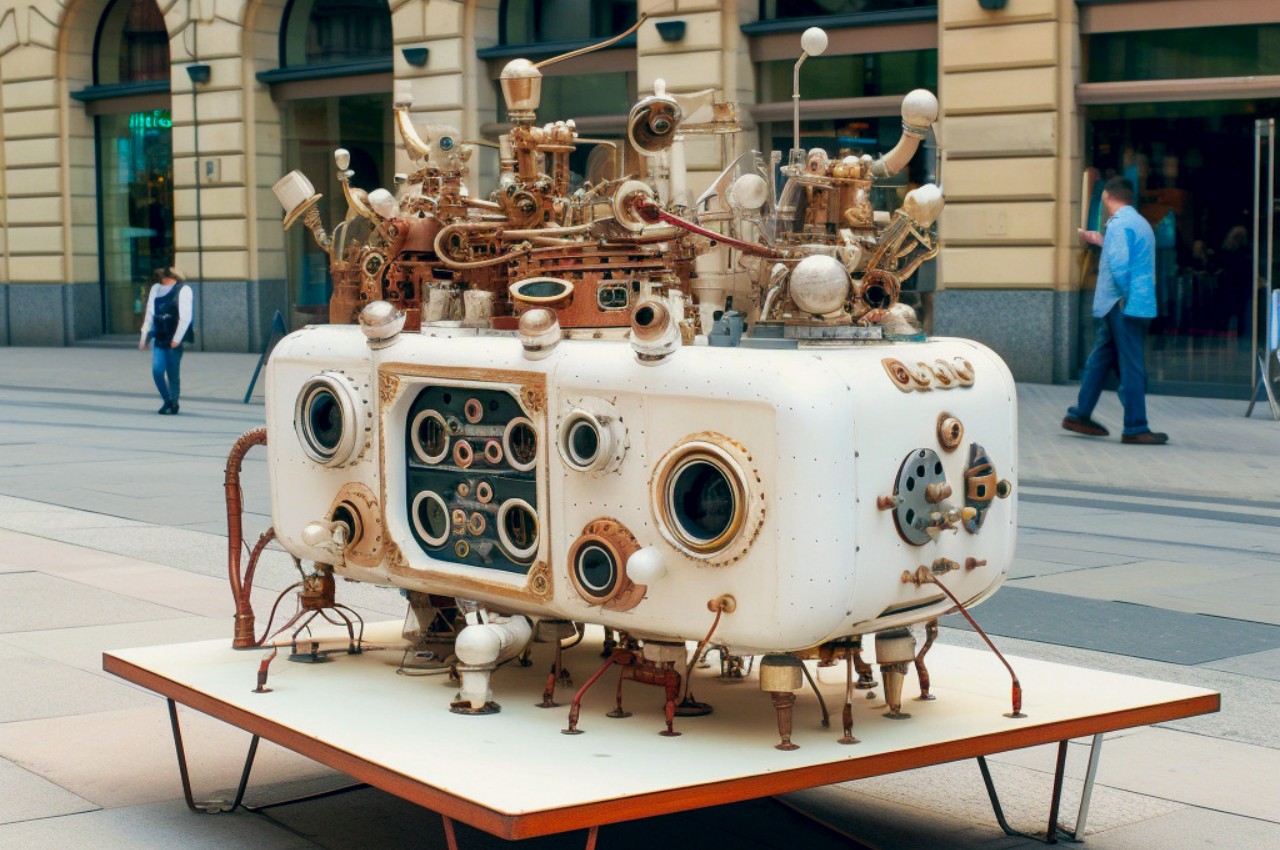
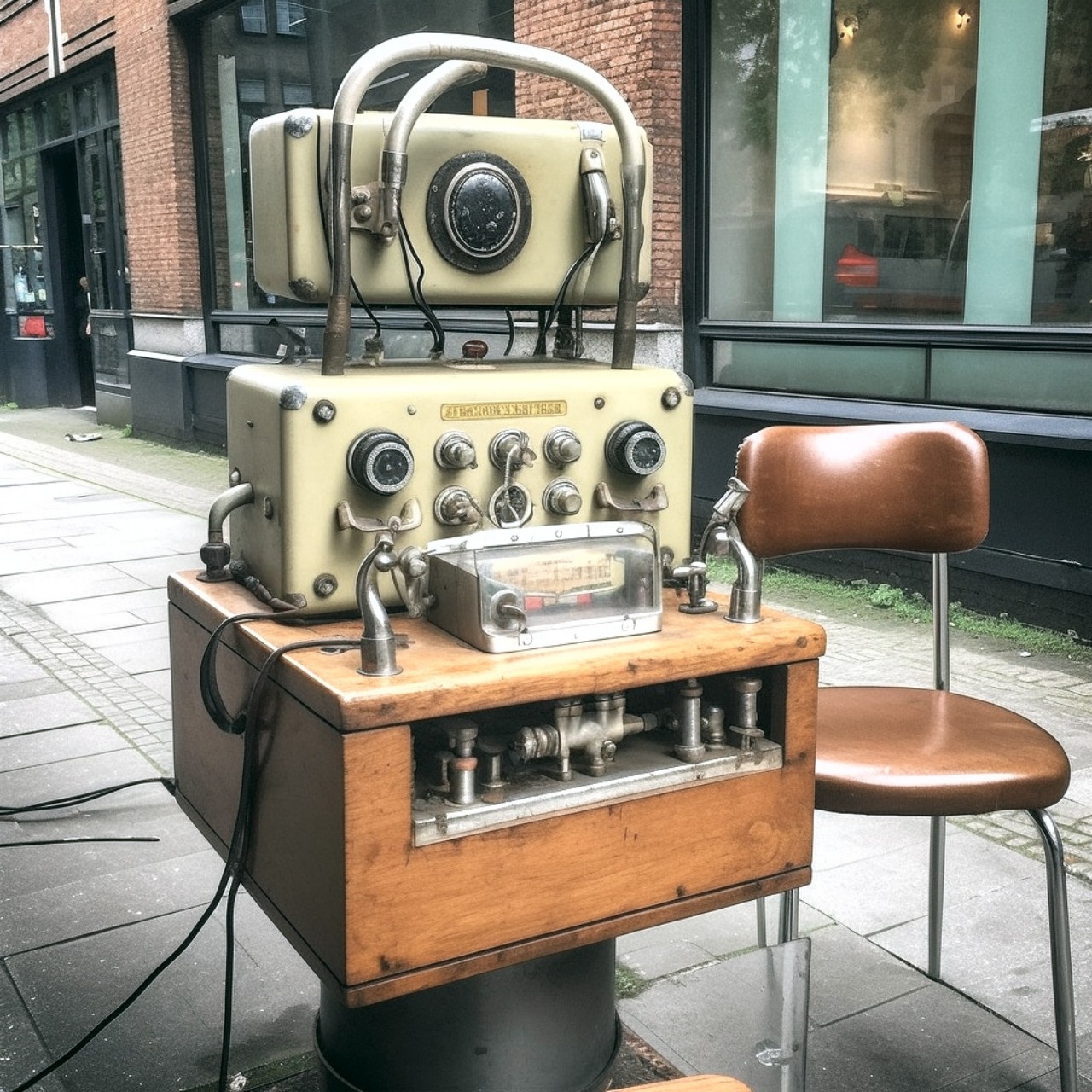

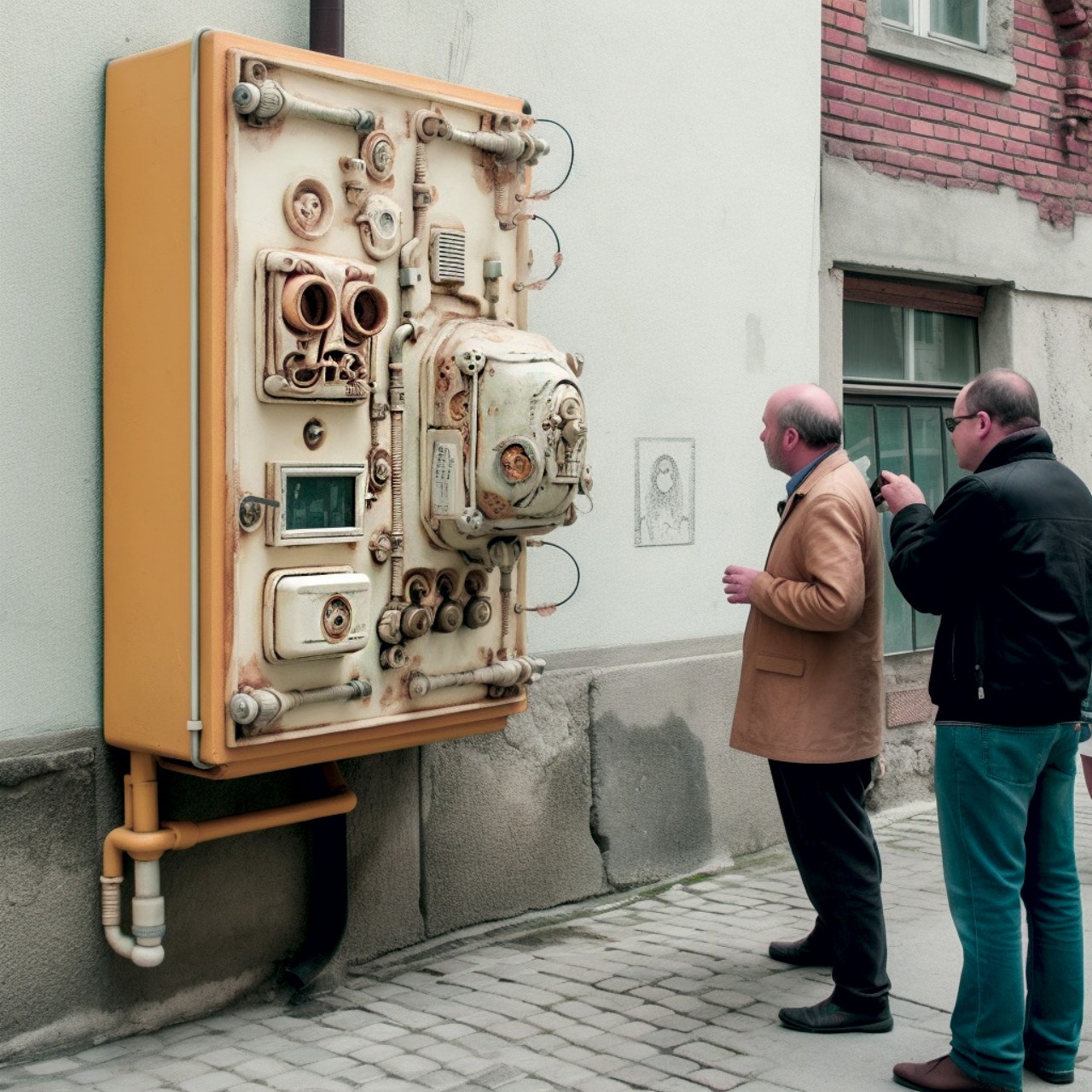
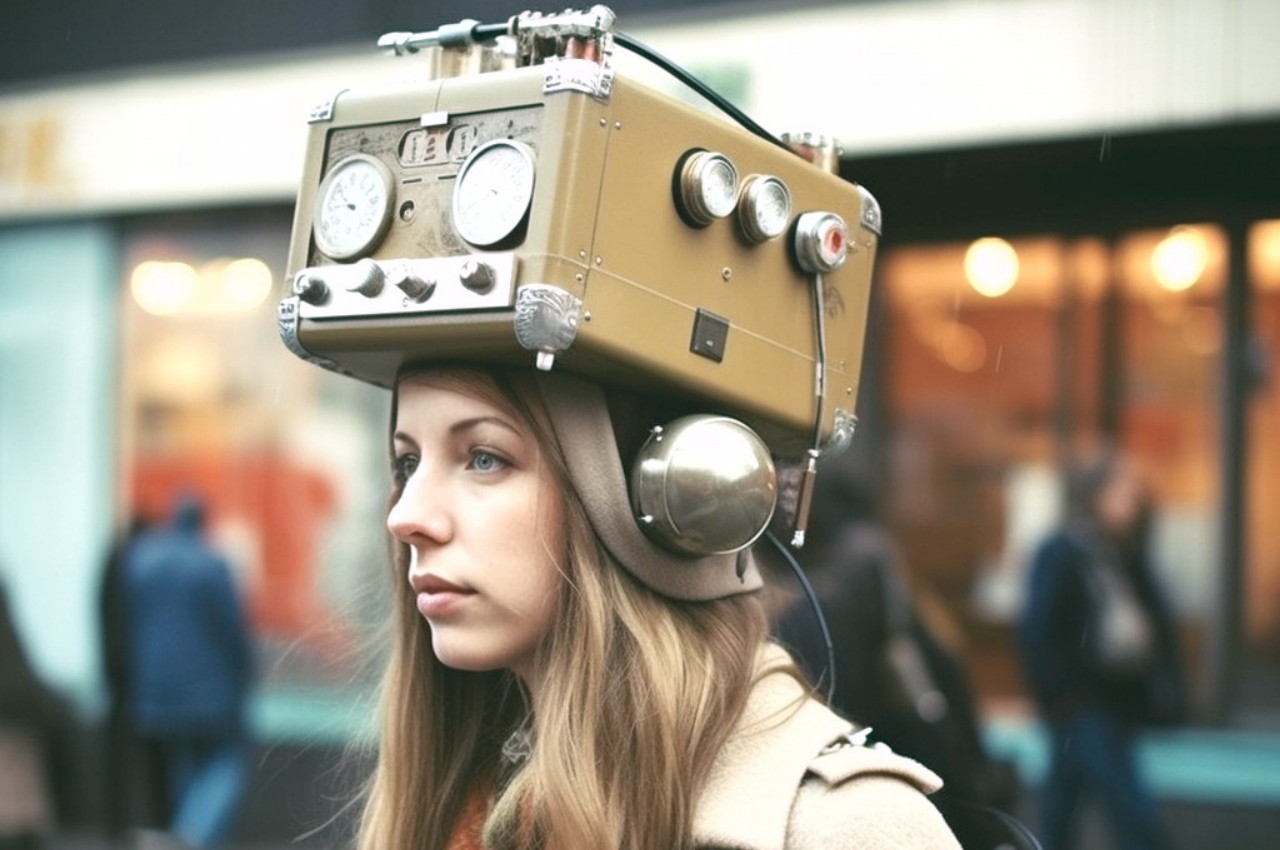
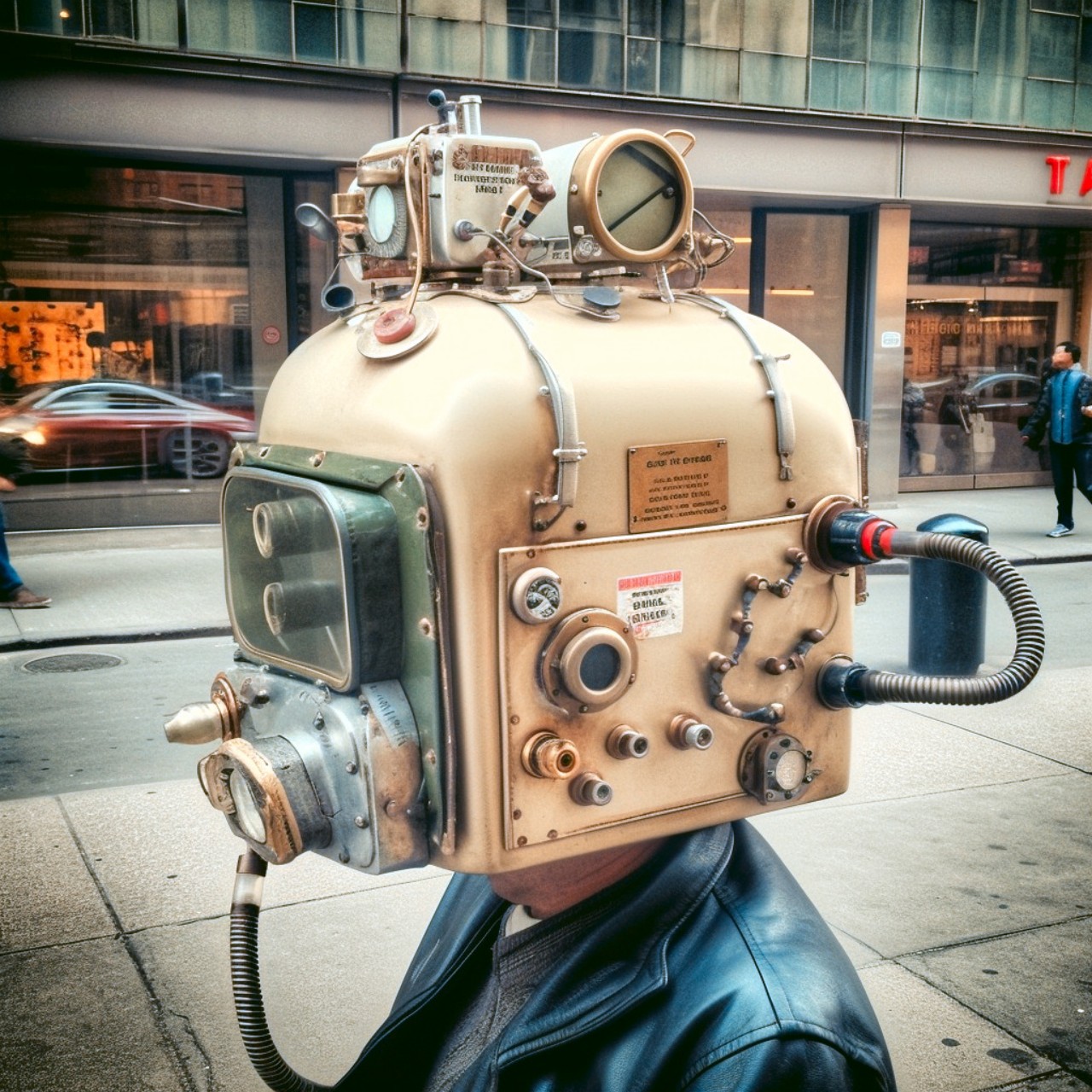
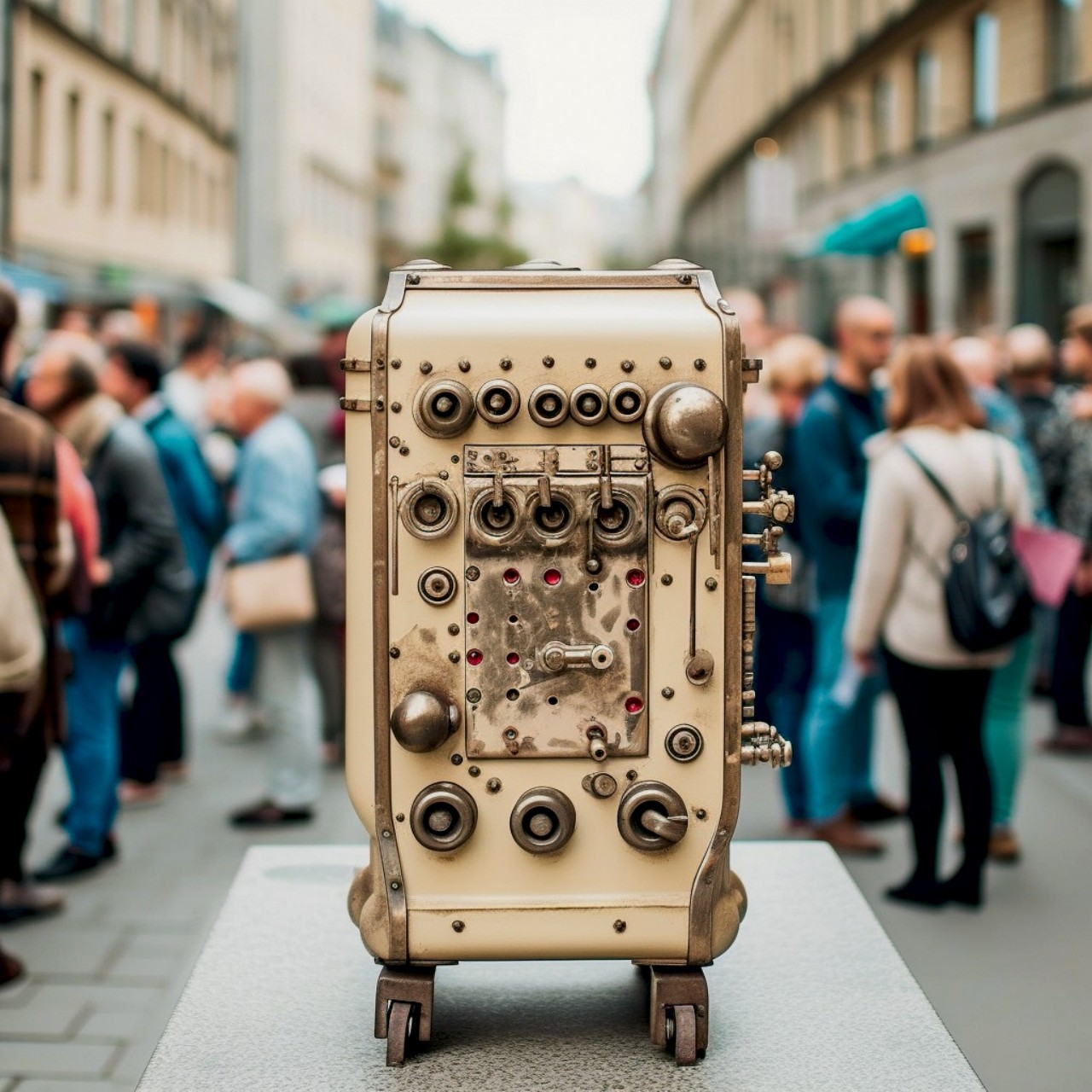
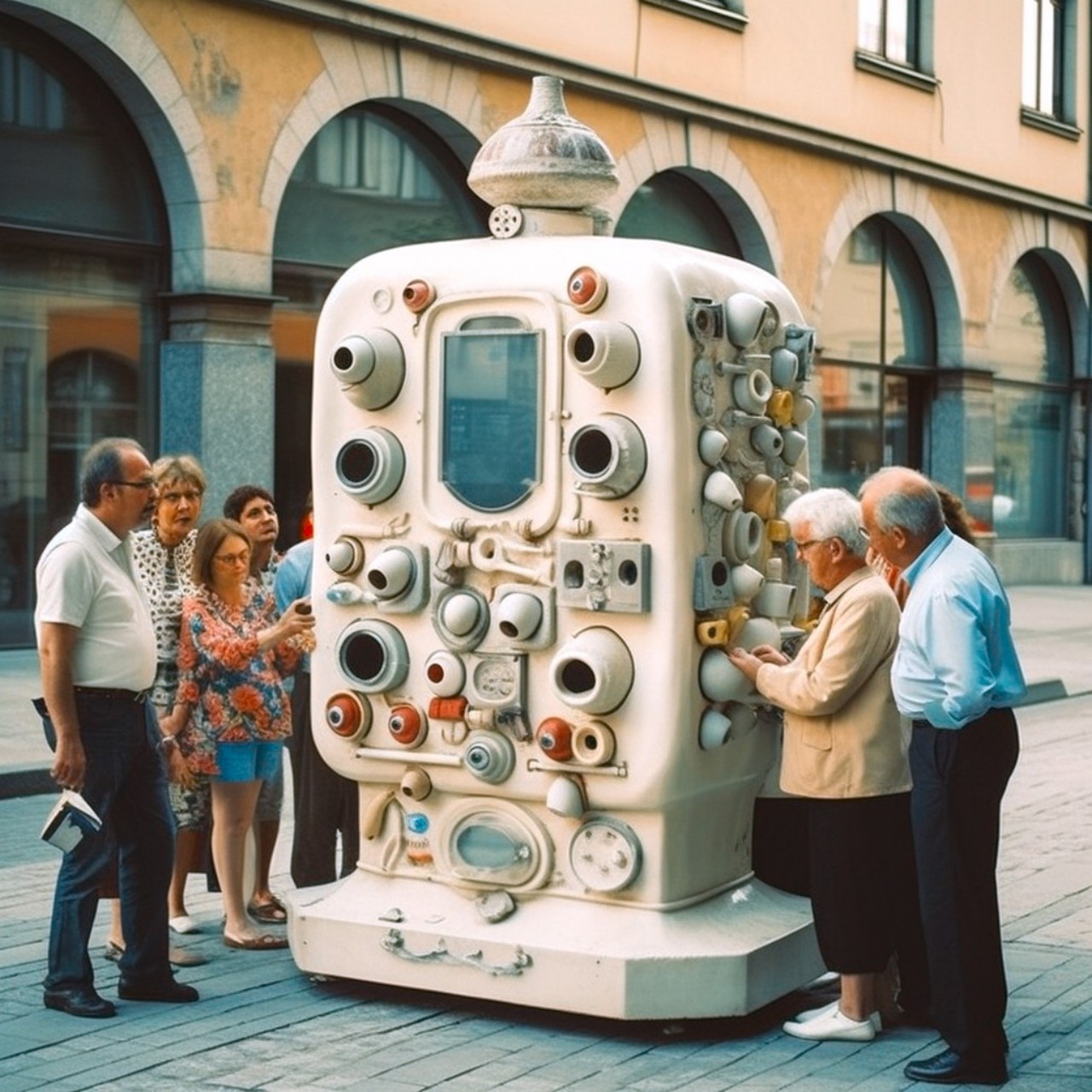

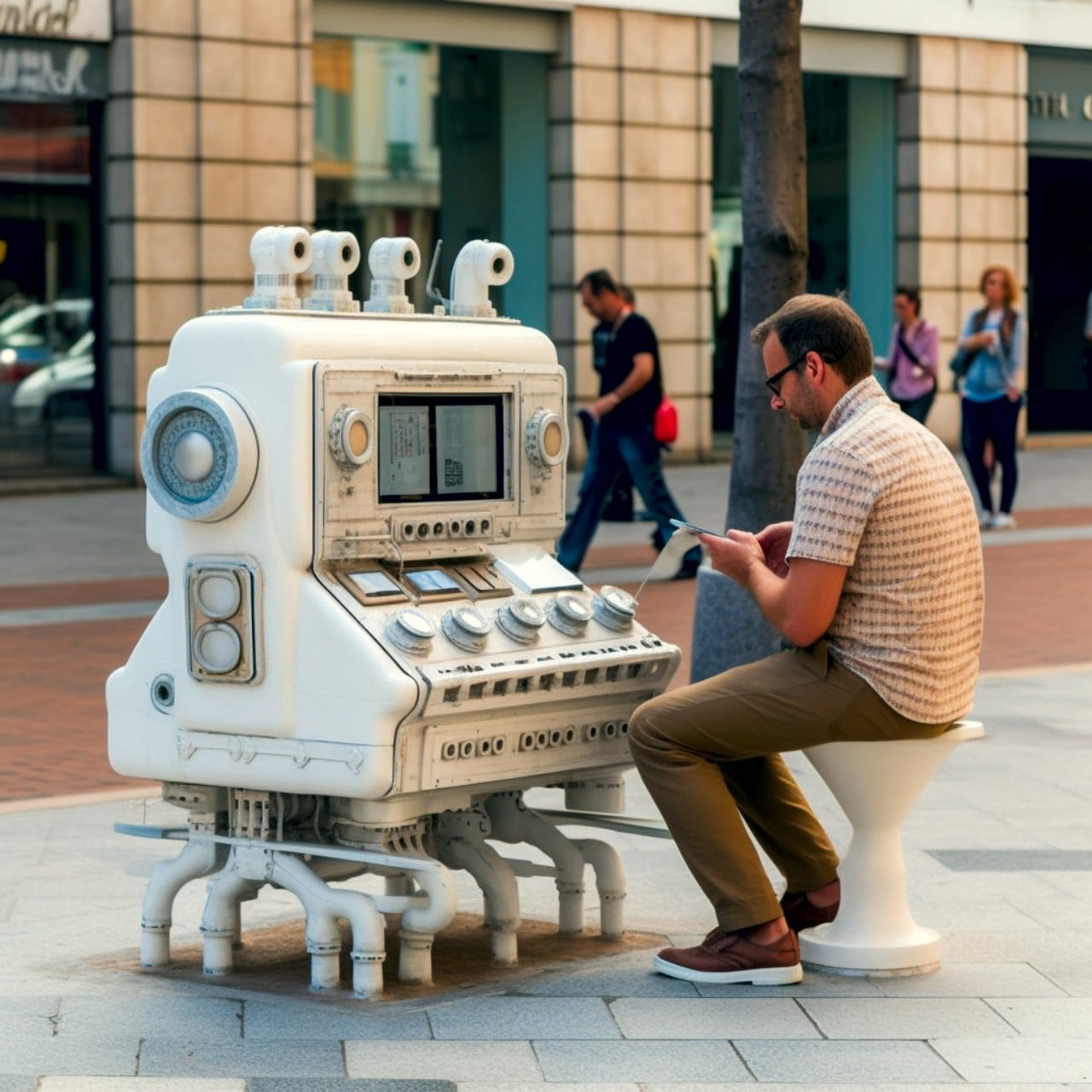
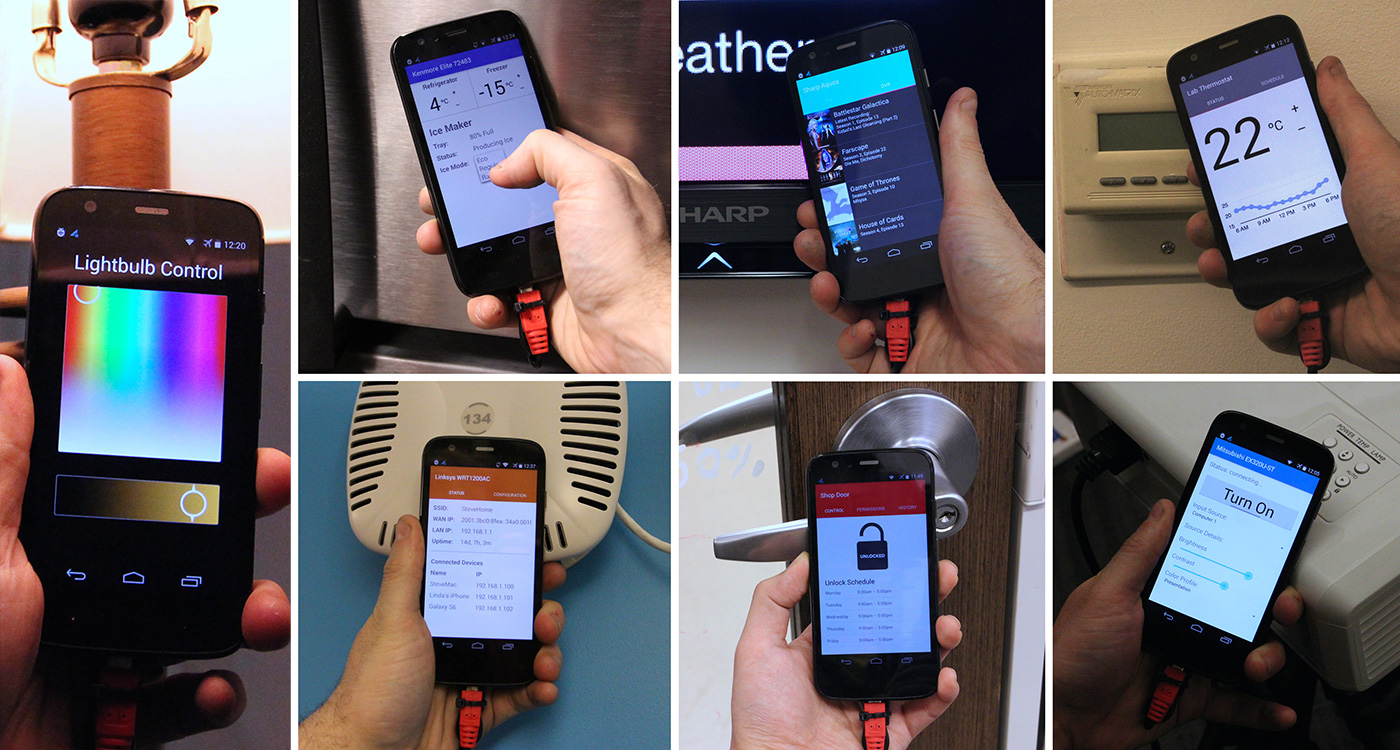 While NFC has become a standard feature on Android phones these days, it is only as convenient as it is available on the other end, not to mention the awkwardness of aligning the antennas as well. As such, Carnegie Mellon University's Future Interfac...
While NFC has become a standard feature on Android phones these days, it is only as convenient as it is available on the other end, not to mention the awkwardness of aligning the antennas as well. As such, Carnegie Mellon University's Future Interfac...

